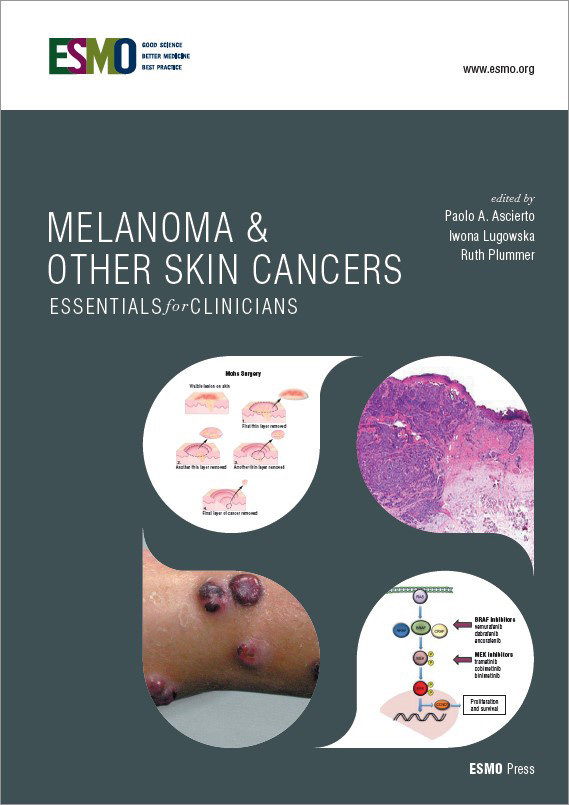Prevention of malignant melanoma
Persons with Fitzpatrick scale skin type I (fair hair, fair eyes, fair skin colour and freckles) have a higher risk of developing melanoma.
Well-known risk factors comprise ultraviolet (UV) radiation (sun exposure, tanning beds), sunburn, multiple or dysplastic naevi, and medical history of melanoma.
Inherited genetic mutations are possible, but rare, and should be considered if one person has multiple cuMMs, or several family members suffer from cuMM and/or associated tumour entities: FAMMM (familial atypical multiple mole melanoma) syndrome.
Australia is one of the few countries where incidence has been decreasing since 2005, possibly reflecting an increased awareness due to primary preventive approaches.
National campaigns promoting physical and chemical sun protection support education from early childhood about acute and chronic sun damage and skin cancer.
In Europe, larger primary prevention campaigns were started in the 1990s, aiming to increase knowledge and awareness. Nowadays, broad campaigns and international, collaborative research projects to understand melanoma genetics and survival are funded by European institutions.
More common subtypes are superficial spreading melanoma and nodular melanoma, while rarer melanoma subtypes include melanoma of unknown primary (MUP), acrolentigious melanoma, mucosal melanoma and blue naevus-like melanoma.
Rare subtypes harbour a distinct mutation pattern and are assumed to be less UV-associated, which makes primary prevention in general more difficult.
Two to three percent of melanomas appear without a primary tumour, but with metastases. Possibly, the primary tumour has vanished by regression after recognition
Revision Questions
- Which skin type has the highest risk for developing melanoma and why?
- Name one measure which is used as primary prevention in melanoma.
- What does MUP stand for?




